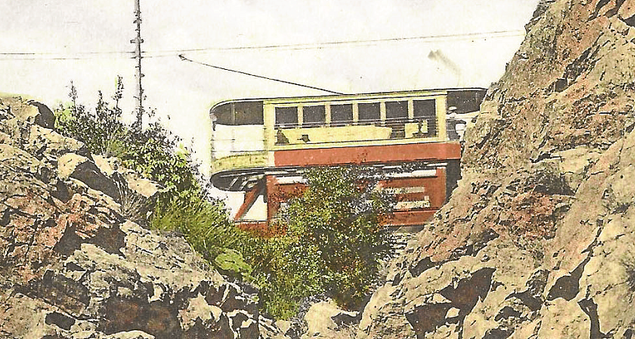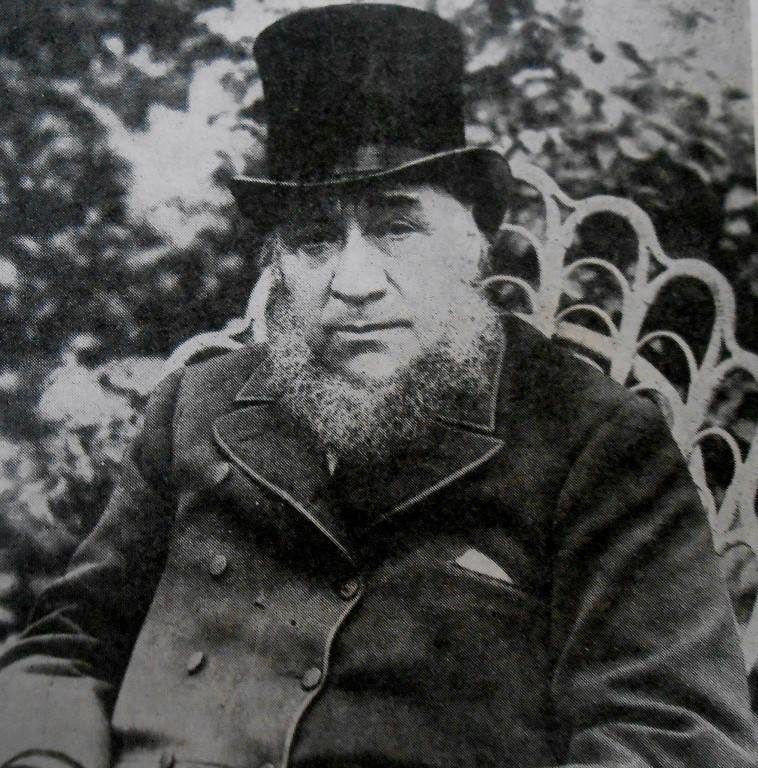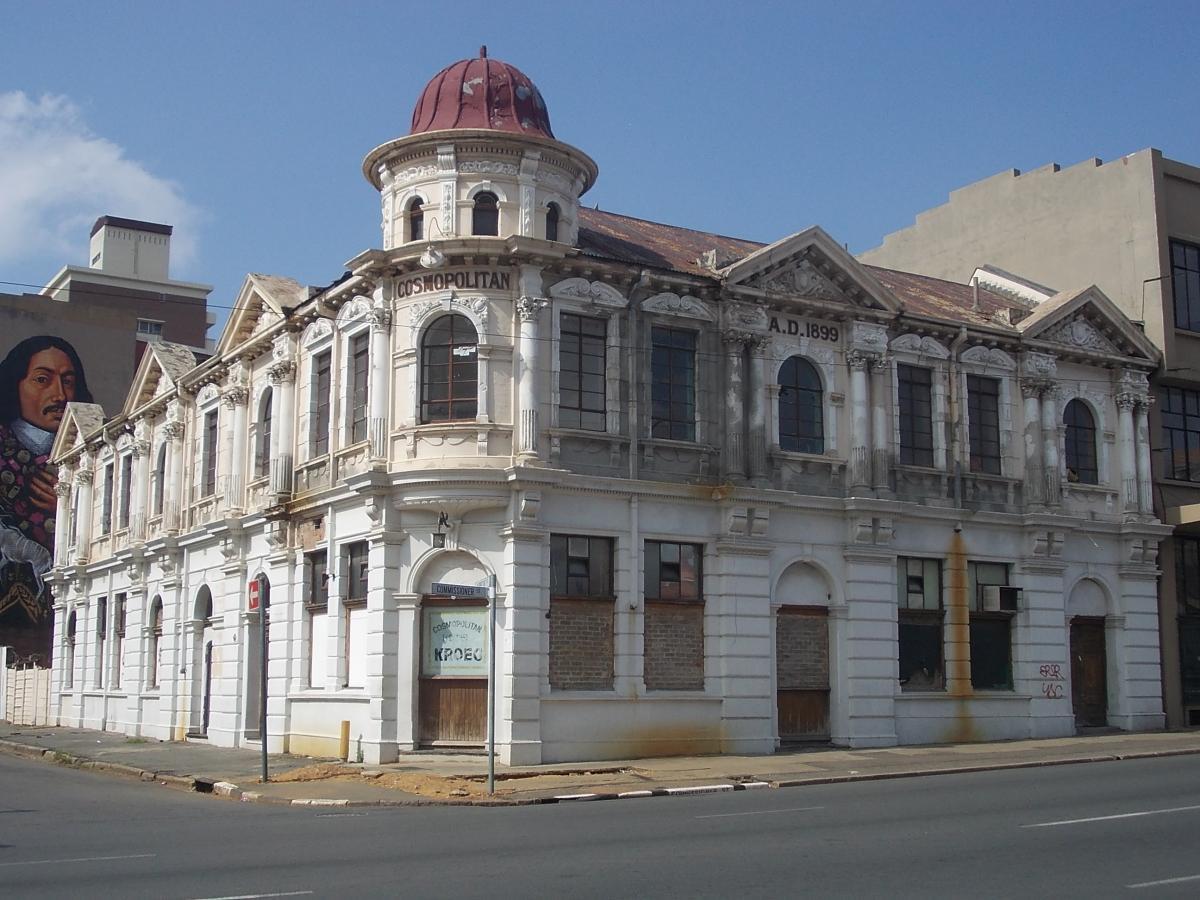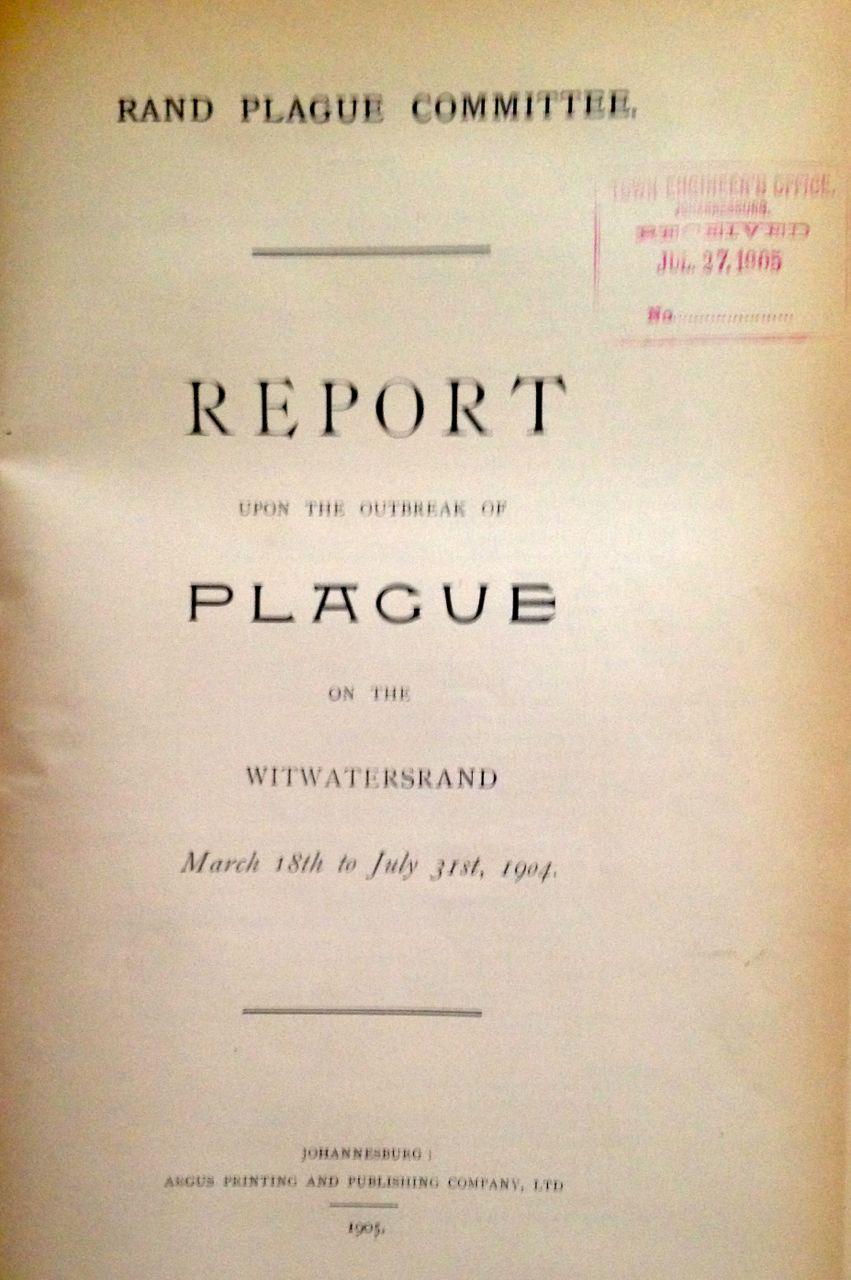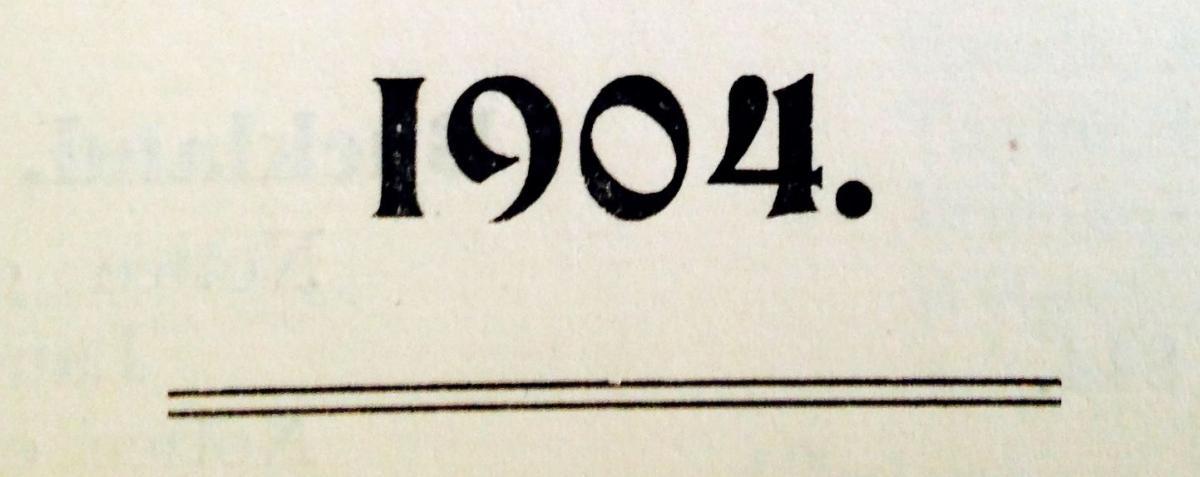
Disclaimer: Any views expressed by individuals and organisations are their own and do not in any way represent the views of The Heritage Portal. If you find any mistakes or historical inaccuracies, please contact the editor.
A while back we spent a few hours paging through the 1904 Minutes of the Johannesburg Town Council (still a town at that stage). It was a remarkable experience travelling back in time and imagining what life was like for people from all walks of life when Joburg was still a teenager. Below is a short selection of some ordinary and extraordinary events from 1904.
A Smallpox Scare
In mid 1904 a man named Mtumbela died of smallpox in Charlestown. This caused some panic among council officials as he was employed by a company based in Anderson Street. Urgent instructions were sent to disinfect the company’s premises and to ensure that all employees were vaccinated.
As more information emerged the chances of an outbreak seemed minimal. Mtumbela had been out of town for some time and no cases had been reported in the interim. Nevertheless, with outbreaks in the Orange River Colony and Natal happening at the time, the Council put stringent measures in place to increase the vaccination rate across the town.
Norwood Petition
The year 1904 brought good news for the residents of Orange Grove and those wishing to travel to the suburb’s famous Hotel: the Council had approved funding for the construction of a tramline. The proposed extension of the line from the Hotel to the southern boundary of Norwood was, however, rejected. Residents of Norwood were incensed and sent a petition with 80 signatures to the Council. The Council’s response to this petition and others was minuted as follows:
After careful consideration of these petitions, we are not prepared at present to recommend the Council to approve of an extension along either of the proposed routes. We think that in the first instance the line should be laid to the point about 600 yards beyond the Orange Grove Hotel, where the two alternative routes diverge and that any decision as to an extension beyond this point should be deferred. When the development of the district beyond is further advanced, the Council will be in a better position to judge as to the best route to adopt.
Postcard of the Tram above the Orange Grove Waterfall (A Johannesburg Album - Oscar Norwich)
Death of President Kruger
1904 was the year when Paul Kruger passed away. The following statement by the Mayor William St John Carr relating to his death was adopted unanimously by the Town Council on 20 July 1904:
I would like to make, and I think it is the desire of every member of the Council that I should make, some allusion to an occurrence which has taken place since the last meeting of Council. I refer to the death of the late President Kruger, whose name will live in history as that of one who worked strenuously for an ideal, who ended his days away from the scene of the many stirring episodes in which he had taken so prominent a part, and whose last wish was that he should be buried on the soil he loved so well. One cannot pass in review before the mind’s eye the long succession of recent historical events in South Africa, which are so familiar to all here present, without being impressed by the fact that the two great representatives of the human forces who have been engaged in endeavouring to shape the destinies of South Africa, have both already ceased from their labours. Our sympathies must be and are certainly with the friends of the late President Kruger, and also with all those that looked to him as their trusted leader, and one who had their interests at heart. I move: That this Council desires to place on record, and to convey to the friends and relatives of the late President Kruger, its deep sympathy with them in the loss they have sustained.
Paul Kruger (Seventy Golden Years, Johannesburg City Council)
The Spread of Billiard Rooms
In 1904 31 Billiard Room licenses were granted in Johannesburg. The only building still standing from this list as far as we can gather is the Cosmopolitan Hotel.
Cosmopolitan Hotel (The Heritage Portal)
Electrocution in Fordsburg
Another noticeable event that happened during 1904 was the electrocution of a young man in Fordsburg. The Acting Manager of the Light and Power Department reported that he was killed on a high tension line (10 000 volts) running from The Rand Central main line to the Braamfontein Railway Station. Very little detail of how the accident occurred is given but the Council decided to ask the Rand Central Electric Company ‘to consider the advisability of having a few feet of barbed wire fixed around each pole belonging to the Company which carries a high tension cable, about 7 or 8 feet above the ground in such a manner as to prevent climbing.’
Early Litigation
In 1904 there were a number of claims against the Council for damage caused by municipal vehicles. One example was the settlement the Council reached with Dr J W Matthews after a Sanitary Cart collided with his carriage. Another was the payment of £9 to Mr G L MacGregor after he was knocked off his bicycle by horses from the Tramway Department. The payment covered damage to the bicycle, time away from work and medical expenses.
Fire at the Salisbury Mine
In July of 1904, the General Manager of the Salisbury Mine conveyed his sincere thanks to the Fire Brigade for the excellent work done to extinguish a potentially devastating fire at the mine. The following description of the courageous death of a miner appeared in the Chief Officer’s report and is worth repeating:
A native named Jim was suffocated in the Salisbury Mine. [He] went through the whole of the workings at No. 6 level and warned all the miners of their danger, and after doing so was overcome by smoke and suffocated. His body was found halfway between the Salisbury and Wemmer shafts.
Outbreak of Plague and the Opening of Klipspruit Camp
One of the most significant events of 1904 was the outbreak of plague in Johannesburg (around present day Newtown). Africans and Indians in the area were removed to the farm Klipspruit twelve miles south west of the central area. This settlement became Johannesburg’s first municipal location and was renamed Pimville in 1934. Below is an excerpt from the Report of the Rand Plague Committee providing reasons (still controversial) for the opening of the Klipspruit Camp:
When on the 19th March it was obvious that there was in the Coolie Location an unknown number of centres of infection the first thing to be done was to prevent the spread of disease from any of these centres, and the area was therefore cordoned.
Every known centre was thoroughly disinfected but the danger of the unknown centres was so great both to the Indians themselves as well as to the community that it was at once decided that the inhabitants of the Location should be removed to an Accommodation Camp, and the Location burned.
Natives and Asiatics who were found living in overcrowded or insanitary parts of the town were from time to time removed to the camp.
Cover of the Plague Report
Comments will load below. If for any reason none appear click here for some troubleshooting tips. If you would like to post a comment and need instructions click here.

